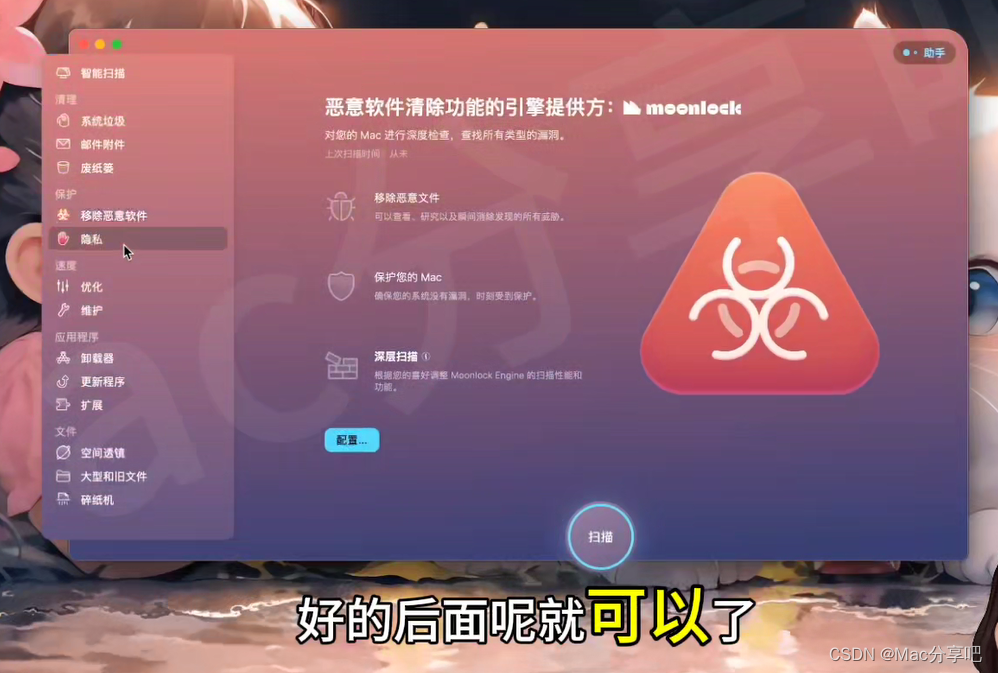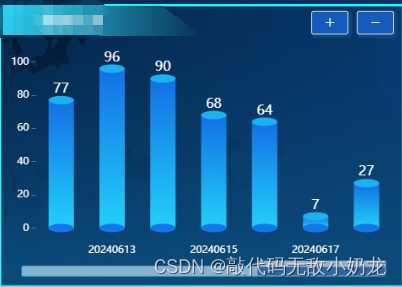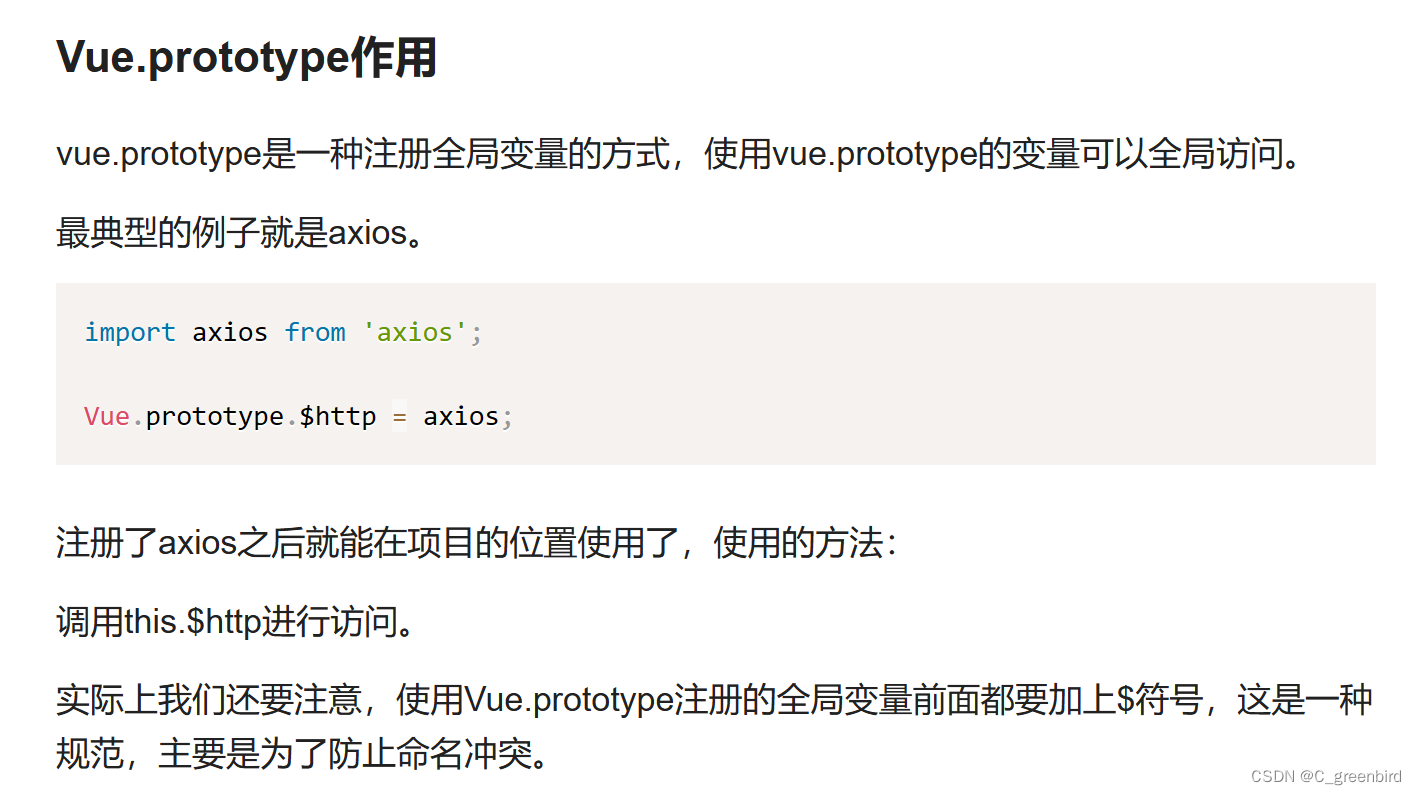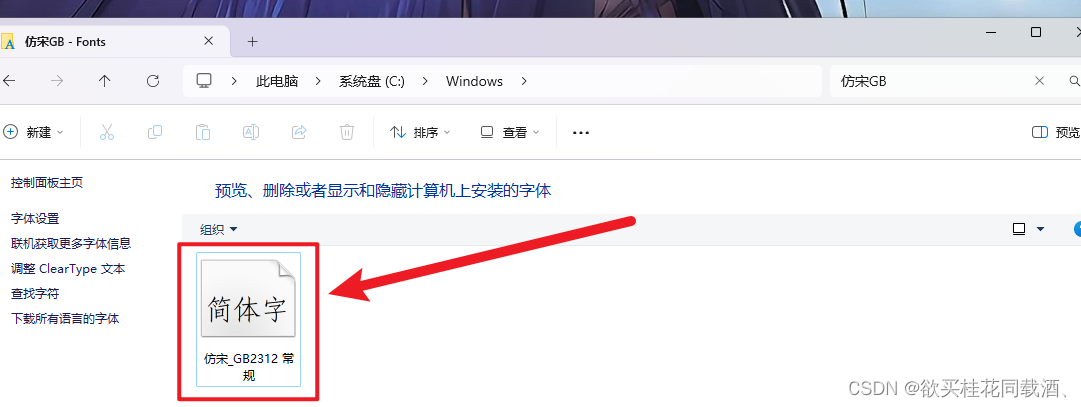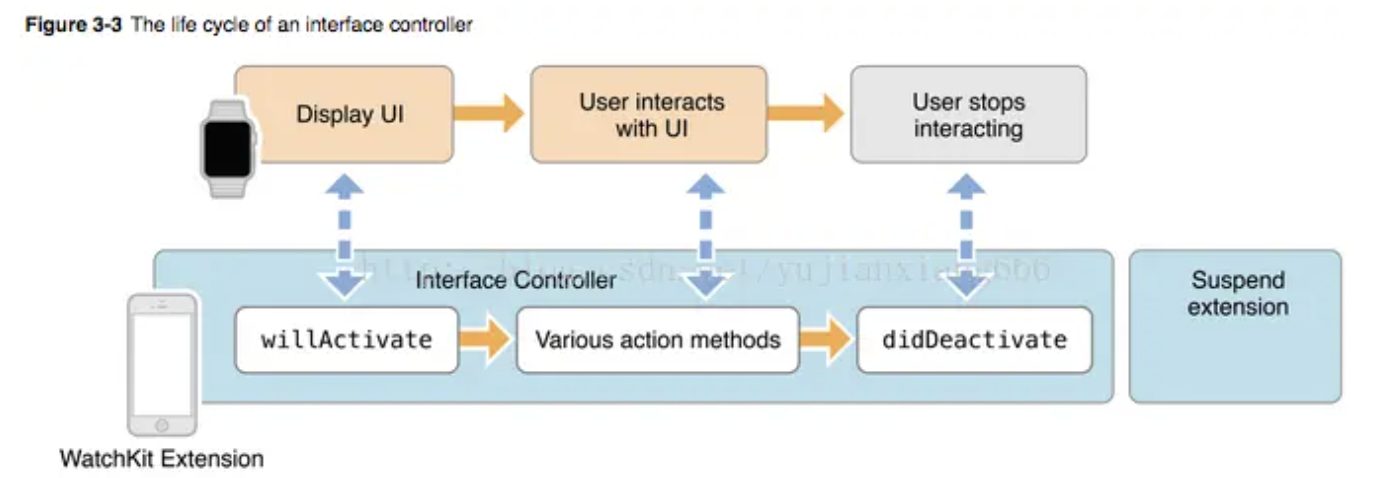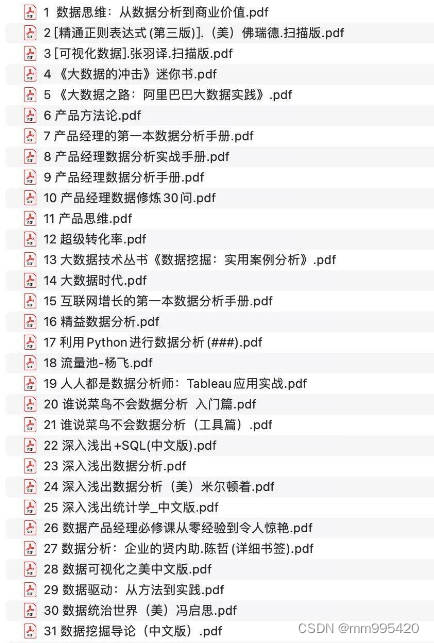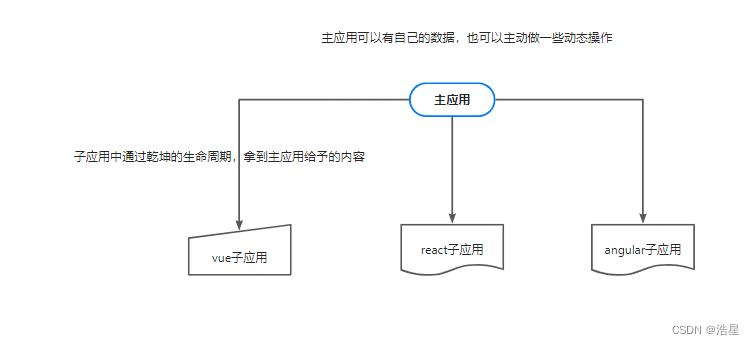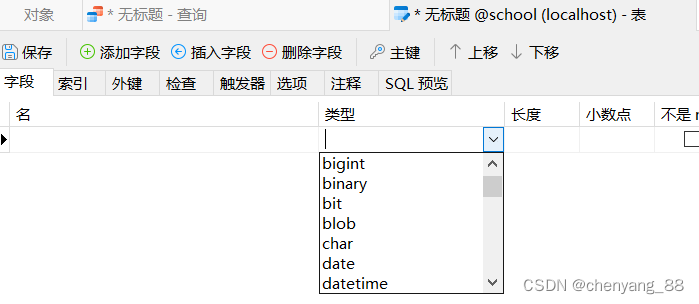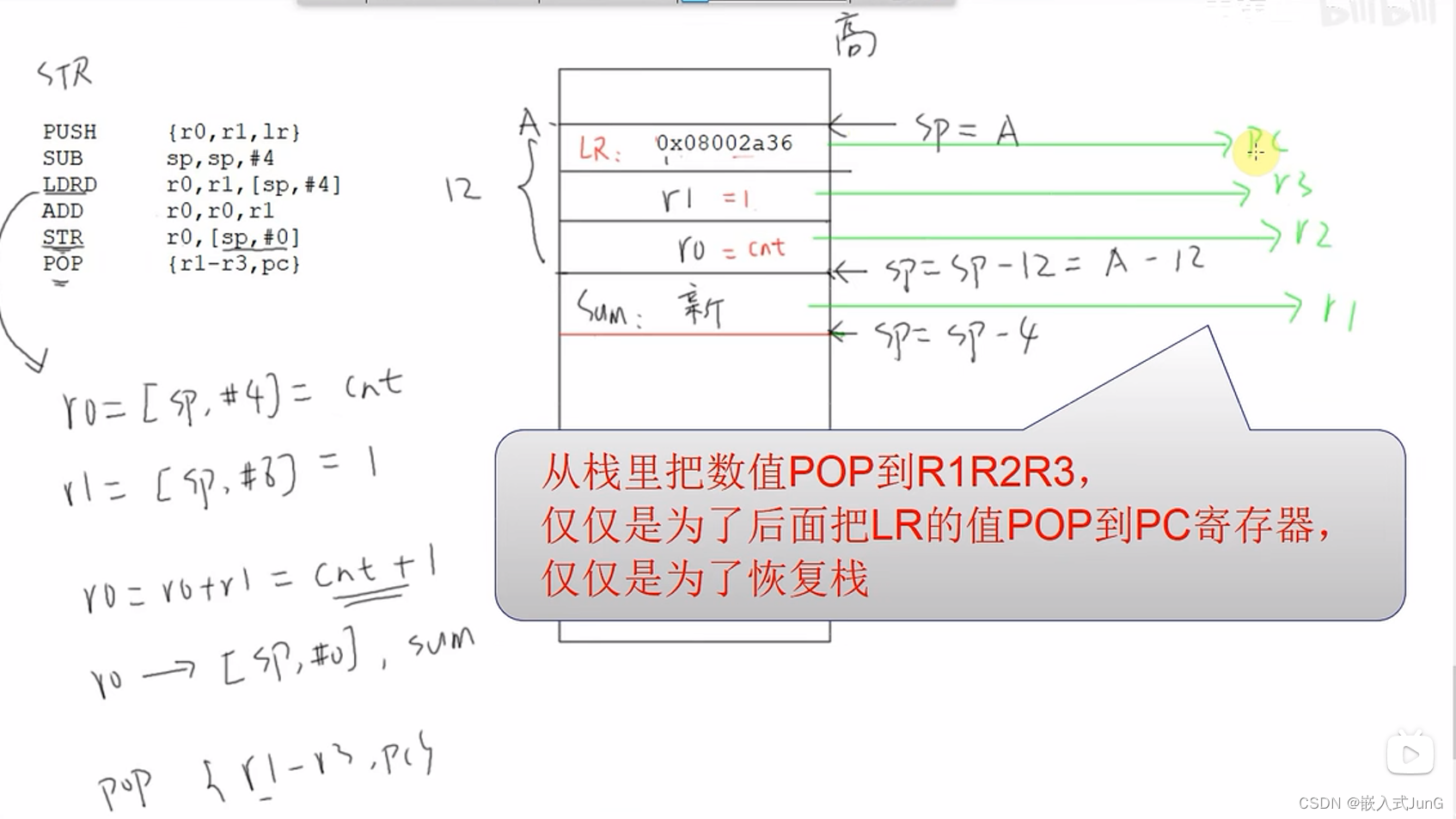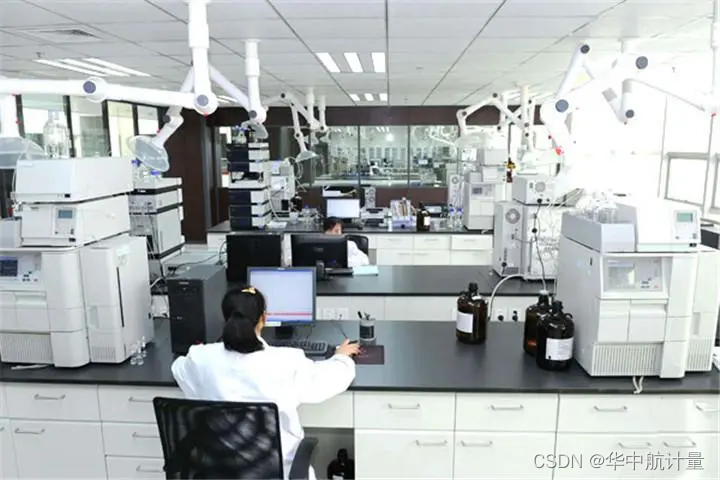一、定义
- 环境配置
- 案例: https://zhuanlan.zhihu.com/p/695287607
- chatglm3 案例
- 多卡训练deepspeed
- llama factory 案例Qwen1.5
- 报错
二、实现
- 环境配置
git clone https://github.com/hiyouga/LLaMA-Factory.git
conda create -n llama_factory python=3.10
conda activate llama_factory
cd LLaMA-Factory
pip install -e '.[torch,metrics]'
如果发生冲突: pip install --no-deps -e .
同时对本库的基础安装做一下校验,输入以下命令获取训练相关的参数指导, 否则说明库还没有安装成功
llamafactory-cli train -h

模型下载与可用性校对
git clone https://www.modelscope.cn/LLM-Research/Meta-Llama-3-8B-Instruct.git
import transformers
import torch
# 切换为你下载的模型文件目录, 这里的demo是Llama-3-8B-Instruct
# 如果是其他模型,比如qwen,chatglm,请使用其对应的官方demo
model_id = "/home/Meta-Llama-3-8B-Instruct"
pipeline = transformers.pipeline(
"text-generation",
model=model_id,
model_kwargs={"torch_dtype": torch.bfloat16},
device_map="auto",
)
messages = [
{"role": "system", "content": "You are a pirate chatbot who always responds in pirate speak!"},
{"role": "user", "content": "Who are you?"},
]
prompt = pipeline.tokenizer.apply_chat_template(
messages,
tokenize=False,
add_generation_prompt=True
)
terminators = [
pipeline.tokenizer.eos_token_id,
pipeline.tokenizer.convert_tokens_to_ids("<|eot_id|>")
]
outputs = pipeline(
prompt,
max_new_tokens=256,
eos_token_id=terminators,
do_sample=True,
temperature=0.6,
top_p=0.9,
)
print(outputs[0]["generated_text"][len(prompt):])

2. 案例: https://zhuanlan.zhihu.com/p/695287607
2.1 数据准备
将该自定义数据集放到我们的系统中使用,则需要进行如下两步操作
a 复制该数据集到 data目录下
b 修改 data/dataset_info.json 新加内容完成注册, 该注册同时完成了3件事
b1 自定义数据集的名称为adgen_local,后续训练的时候就使用这个名称来找到该数据集
b2 指定了数据集具体文件位置
b3 定义了原数据集的输入输出和我们所需要的格式之间的映射关系
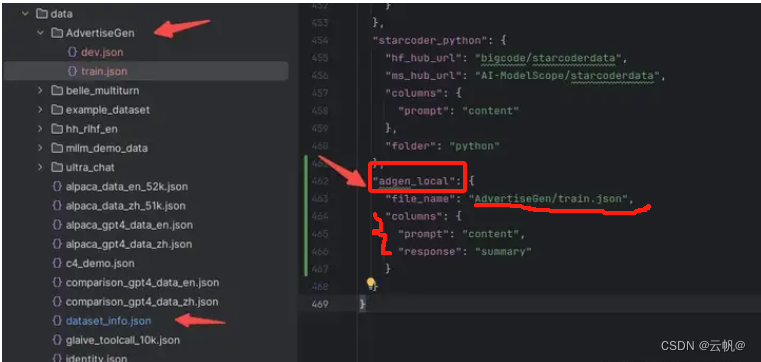
2. 微调:
下载模型
>> git clone https://www.modelscope.cn/LLM-Research/Meta-Llama-3-8B-Instruct.git
微调
CUDA_VISIBLE_DEVICES=0 llamafactory-cli train \
--stage sft \
--do_train \
--model_name_or_path /home/Meta-Llama-3-8B-Instruct \
--dataset alpaca_gpt4_zh,identity,adgen_local \
--dataset_dir ./data \
--template llama3 \
--finetuning_type lora \
--output_dir ./saves/LLaMA3-8B/lora/sft \
--overwrite_cache \
--overwrite_output_dir \
--cutoff_len 1024 \
--preprocessing_num_workers 16 \
--per_device_train_batch_size 2 \
--per_device_eval_batch_size 1 \
--gradient_accumulation_steps 8 \
--lr_scheduler_type cosine \
--logging_steps 50 \
--warmup_steps 20 \
--save_steps 100 \
--eval_steps 50 \
--evaluation_strategy steps \
--load_best_model_at_end \
--learning_rate 5e-5 \
--num_train_epochs 5.0 \
--max_samples 1000 \
--val_size 0.1 \
--plot_loss \
--fp16
或者:
CUDA_VISIBLE_DEVICES=0 llamafactory-cli train ./examples/train_lora/llama3_lora_sft.yaml


3. 推理
CUDA_VISIBLE_DEVICES=0 llamafactory-cli chat ./examples/inferce/llama3_lora_sft.yaml
或
CUDA_VISIBLE_DEVICES=0 llamafactory-cli chat \
--model_name_or_path /home/Meta-Llama-3-8B-Instruct \
--adapter_name_or_path ./saves/LLaMA3-8B/lora/sft \
--template llama3 \
--finetuning_type lora

4. 批量预测与训练效果评估
CUDA_VISIBLE_DEVICES=0 llamafactory-cli chat ./examples/train/llama3_lora_predict.yaml
或
CUDA_VISIBLE_DEVICES=0 llamafactory-cli train \
--stage sft \
--do_predict \
--model_name_or_path /media/codingma/LLM/llama3/Meta-Llama-3-8B-Instruct \
--adapter_name_or_path ./saves/LLaMA3-8B/lora/sft \
--dataset alpaca_gpt4_zh,identity,adgen_local \
--dataset_dir ./data \
--template llama3 \
--finetuning_type lora \
--output_dir ./saves/LLaMA3-8B/lora/predict \
--overwrite_cache \
--overwrite_output_dir \
--cutoff_len 1024 \
--preprocessing_num_workers 16 \
--per_device_eval_batch_size 1 \
--max_samples 20 \
--predict_with_generate
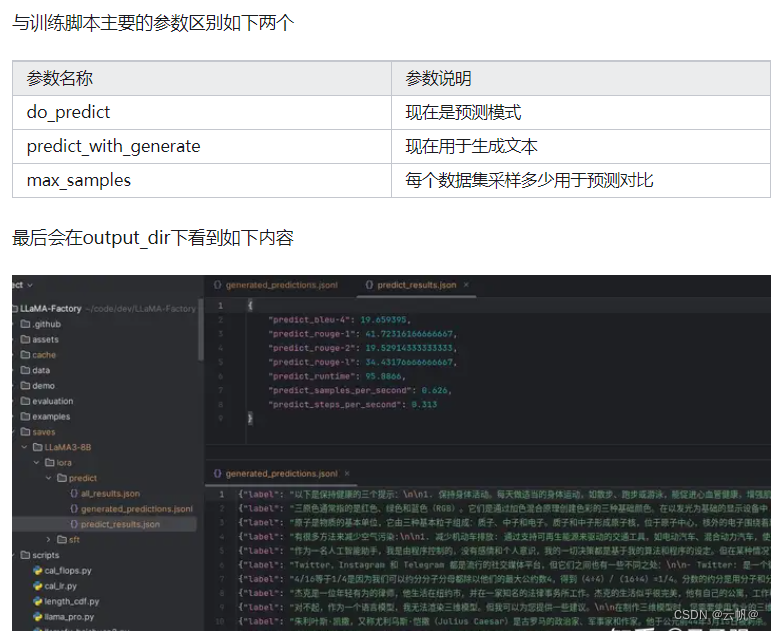
5. LoRA模型合并导出
CUDA_VISIBLE_DEVICES=0 llamafactory-cli export \
--model_name_or_path /home/Meta-Llama-3-8B-Instruct \
--adapter_name_or_path ./saves/LLaMA3-8B/lora/sft \
--template llama3 \
--finetuning_type lora \
--export_dir megred-model-path \
--export_size 2 \
--export_device cpu \
--export_legacy_format False
CUDA_VISIBLE_DEVICES=0 llamafactory-cli export ./examples/merge_lora/llama3_lora_sft.yaml

6. api 调用
CUDA_VISIBLE_DEVICES=0 API_PORT=8000 nohup llamafactory-cli api \
--model_name_or_path /media/codingma/LLM/llama3/Meta-Llama-3-8B-Instruct \
--adapter_name_or_path ./saves/LLaMA3-8B/lora/sft \
--template llama3 \
--finetuning_type lora
项目也支持了基于vllm 的推理后端,但是这里由于一些限制,需要提前将LoRA 模型进行merge,使用merge后的完整版模型目录或者训练前的模型原始目录都可。
CUDA_VISIBLE_DEVICES=0 API_PORT=8000 nohup llamafactory-cli api \
--model_name_or_path megred-model-path \
--template llama3 \
--infer_backend vllm \
--vllm_enforce_eager>output.log 2>&1 &

import os
from openai import OpenAI
from transformers.utils.versions import require_version
require_version("openai>=1.5.0", "To fix: pip install openai>=1.5.0")
if __name__ == '__main__':
# change to your custom port
port = 8000
client = OpenAI(
api_key="0",
base_url="http://localhost:{}/v1".format(os.environ.get("API_PORT", 8000)),
)
messages = []
messages.append({"role": "user", "content": "hello, where is USA"})
result = client.chat.completions.create(messages=messages, model="test")
print(result.choices[0].message)

7. 测试
CUDA_VISIBLE_DEVICES=0 llamafactory-cli eval ./examples/train/llama3_lora_eval.yaml
或
CUDA_VISIBLE_DEVICES=0 llamafactory-cli eval \
--model_name_or_path /media/codingma/LLM/llama3/Meta-Llama-3-8B-Instruct \
--template llama3 \
--task mmlu \
--split validation \
--lang en \
--n_shot 5 \
--batch_size 1
-
chatglm3 案例
见专题模块 -
多卡训练deepspeed
多卡看llama3_lora_sft_ds0.yaml -
报错
1,RuntimeError: Failed to import trl.trainer.dpo_trainer because of the following error (look up to see its traceback):
‘FieldInfo’ object has no attribute ‘required’
解决:换干净的环境,重新安装。

